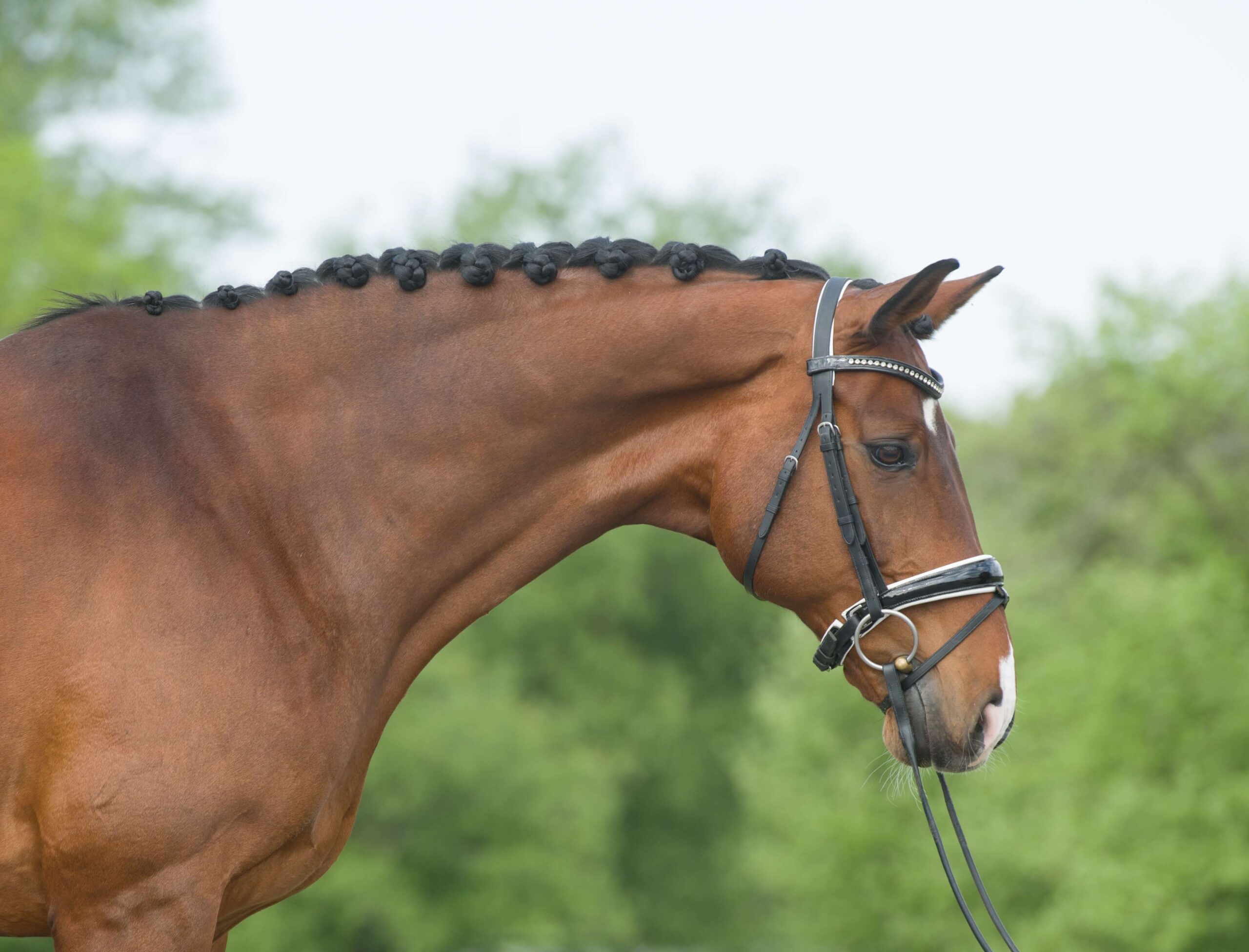When we talk about a pony’s conformation, we mean the shape of his body and how all the different parts fit together. It’s not about how pretty he looks – it’s about whether his body is built in a way that helps him stay comfortable and do his job well.
Ponies and horses have always had jobs. In the past, strong, heavy horses were used to pull ploughs and carts, while lighter, faster horses went to war. Today, our ponies usually have different jobs – from showjumping, dressage, and eventing to happy hacking. Some ponies are even clever enough to do a bit of everything!
Every horse or pony looks a little different depending on his breed and the job he does, but there are some basic rules of conformation that apply to all of them. If you learn these rules, you’ll be able to:
-
tell how likely your pony is to stay sound (healthy in his body),
-
figure out how well he might do the job you want him to do, and
-
understand his strengths and weaknesses, so you can work with them fairly.
Where to start
Looking at a pony’s conformation is a bit like looking at a picture. Before you zoom in on small details, take a step back and look at the whole pony. Stand to the side, in front, and behind, and let your eye run over his body. Does everything look like it fits together? Does he look balanced?
In this article, we’ll focus on balance.
Balance
Balance means that all the parts of the body fit together properly. If one part looks out of place, it can put extra strain on the whole pony.
Ask yourself:
-
Is the head the right size for the body?
-
Does the neck look too long, too short, too chunky, or too thin?
-
Do the shoulders and front end (forehand) match the size and strength of the back end (hindquarters)?
Even if these things don’t cause lameness, an unbalanced body can make movement harder work for your pony.
Balance tip
The hindquarters are your pony’s engine — big muscles that give him power to move forward. The forehand (the front end) works more like a shock absorber, taking the impact when his front legs hit the ground or land after a jump.
-
A pony with small, weak hindquarters will struggle to push forward, so he’ll pull himself along with his front legs instead. This makes him heavy ‘on the forehand.’
-
A pony with a weak forehand will have a jolting, uncomfortable stride and might develop problems in his front legs.
Next issue
In upcoming articles, we’ll look at proportion and symmetry. These are two more keys to understanding conformation, and together they’ll give you a complete picture of how to assess your pony’s body.



